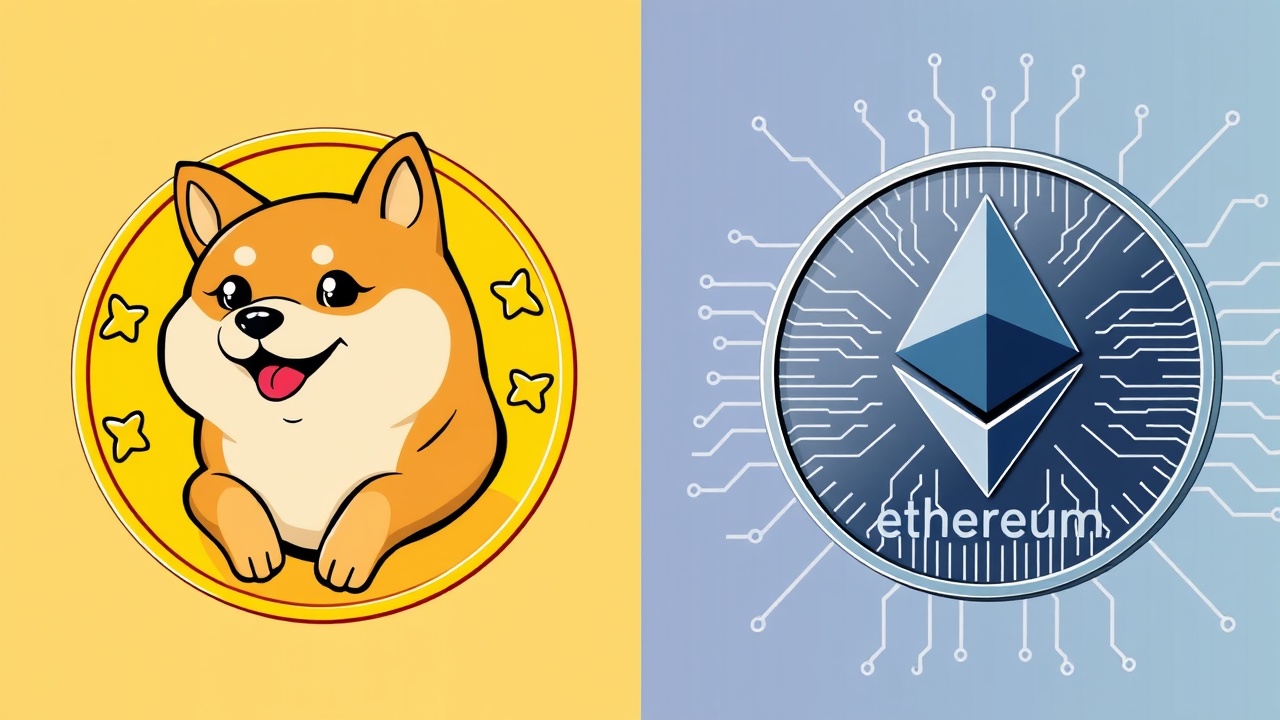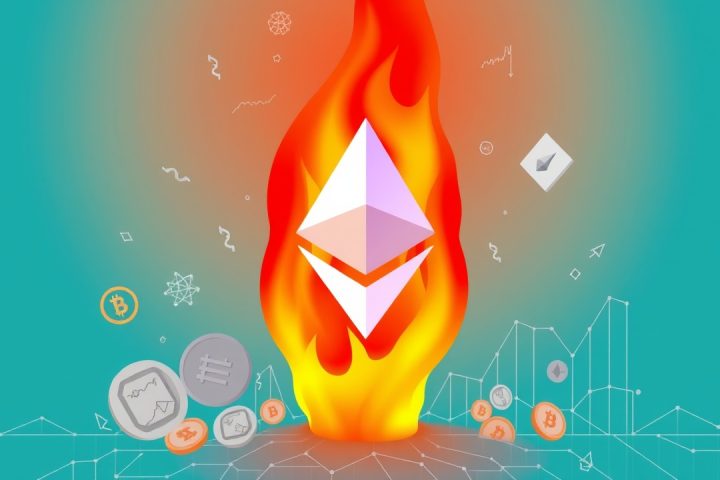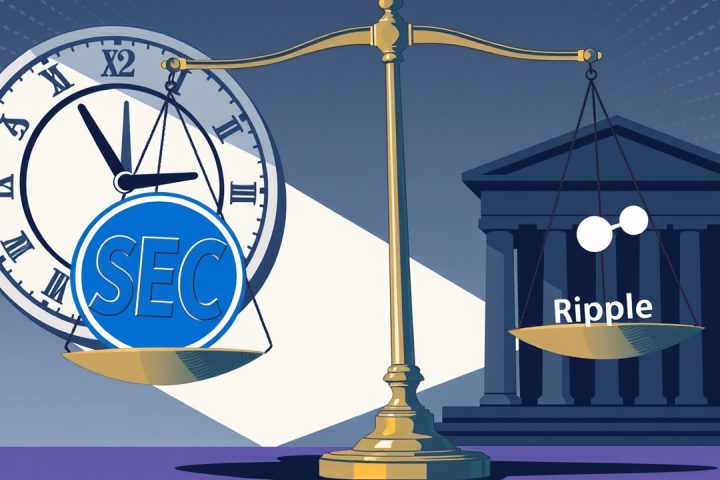Introduction to Dogecoin and Ethereum
In the realm of cryptocurrencies, Dogecoin and Ethereum stand out as two prominent players, each catering to a distinct audience with varying investment strategies. While both have gained significant popularity, they originate from very different intentions and functionalities.
Dogecoin: A Whimsical Cryptocurrency
Dogecoin, which began its journey in December 2013, was created by software developers Billy Markus and Jackson Palmer as a whimsical take on cryptocurrencies, inspired by the Doge meme. Its friendly and humorous ethos has helped cultivate a vibrant community focused on social engagement and tipping online, making it a favored asset for those looking to engage in casual transactions. Its features primarily emphasize rapid, cost-effective transfers, though it lacks the capability for sophisticated operations like smart contracts.
Ethereum: A Platform for Innovation
Conversely, Ethereum was introduced in July 2015 by a team spearheaded by Vitalik Buterin, alongside notable co-founders Gavin Wood, Anthony Di Iorio, and Charles Hoskinson. Ethereum was envisioned as a comprehensive platform designed to empower developers to create decentralized applications (dApps) and enforce smart contracts. This serious, ambitious focus has led to Ethereum becoming integral to innovations within the cryptocurrency space, including DeFi and NFTs, facilitated by its native token, Ether (ETH).
Investment Strategies and Community Engagement
Investors and developers are drawn to Ethereum for its wide-ranging applications and long-term investment potential, while Dogecoin appeals more to those seeking quick, speculative gains. Dogecoin’s simplicity, however, means it lacks advanced functionalities—thus unable to support the expansive ecosystem that Ethereum boasts.
In terms of technology, Dogecoin operates using a proof-of-work consensus algorithm, similar to Bitcoin, but with a distinct variance—Scrypt. This design supports basic peer-to-peer transactions. Ethereum also initiated with a proof-of-work model but has transitioned to a proof-of-stake system, enhancing efficiency and scalability for its more complex operations.
Transaction Dynamics
Notably, transaction speeds and costs vary between the two. Dogecoin is characterized by faster and much lower transaction fees, making it a straightforward option for minor transactions amidst the crypto landscape. In contrast, Ethereum’s transactions may become slower and pricier, particularly during peak network loads, although ongoing upgrades and scalability projects aim to remedy these issues.
Community and Cultural Impact
Despite these differences, both communities foster passionate users. Dogecoin enthusiasts, often congregating in lively forums on platforms like Reddit and Twitter, exude an ethos of fun and inclusiveness, supporting charity initiatives and social causes. Ethereum’s community, comprised of developers and tech experts, actively engages in discussions surrounding technological advancements and the evolution of decentralized systems.
Conclusion
Both cryptocurrencies serve important, albeit distinct roles within the broader cryptocurrency ecosystem. As investors navigate these differing landscapes, comprehending the unique attributes and communities of Dogecoin and Ethereum can lead to more informed investment choices, whether pursuing quick profits or seeking sustainable growth.




